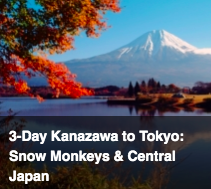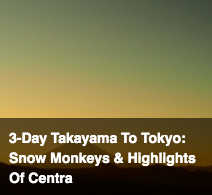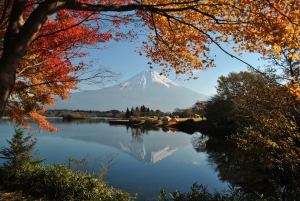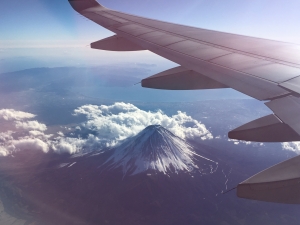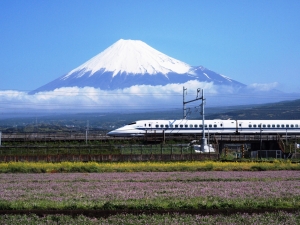About Mount Fuji
Mount Fuji (富士山) is one of Japan’s three Holy Mountains and one of the most iconic landmarks of Japan. The cone-shaped volcano has been the subject of mountain worshipers for millennia. As Japan’s tallest mountain at 3776 meters, seeing Mount Fuji is an item on the itinerary of many travelers to the archipelago.
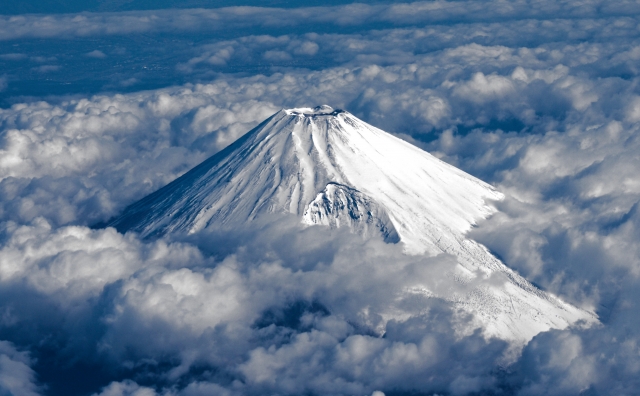
Seeing the mountain however, can be quite a tricky thing as the weather often gets in the way. Mt. Fuji is often covered by clouds or mist and only the base of the mountain being visible is frequent occurrence.
If you happen to have the blessing of the weather gods, Mount Fuji can be seen from multiple places. On clear days, you can see Fuji from several places in Tokyo such as the Sky Tree. On the way from Tokyo to Nagoya the trains pass by the mountain.
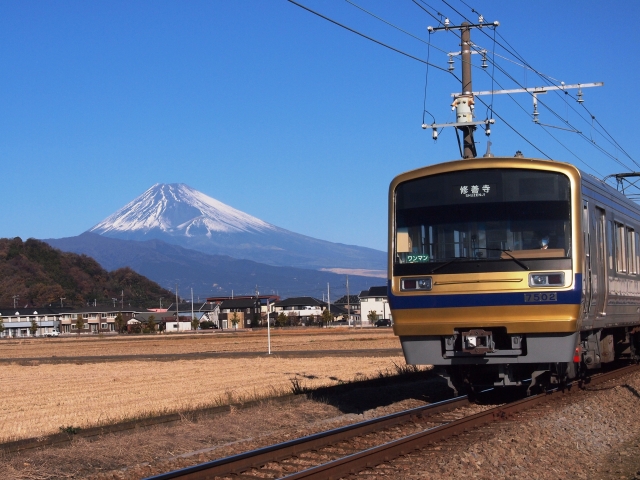
If you want to see Japan’s most beloved mountain from close range, the Five Lakes of Fuji or Hakone are popular places as they are right next or in close distance from the mountain. The best way to see Mt. Fuji however, is by being on Mt. Fuji.
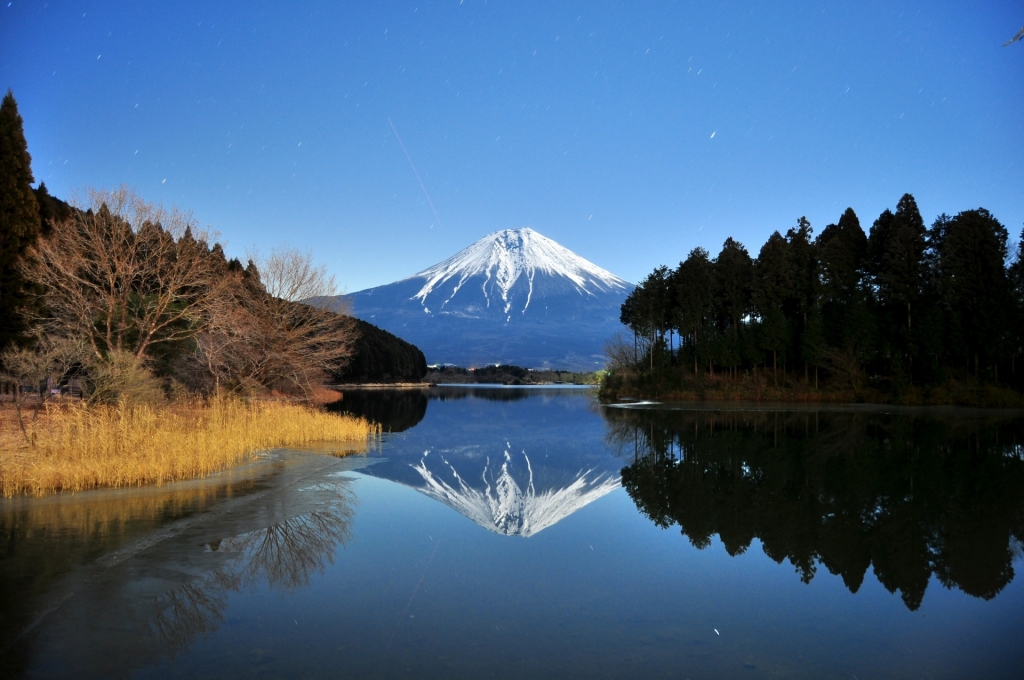
Besides being Japan’s most iconic mountain, Mt. Fuji is also Japan’s most climbed mountain. As Japan’s highest mountain at 3775 meters, Fuji is the holy grail for mountaineers in Japan. The months of July and August are the best months to climb to the summit as most of the snow will have melted, weather conditions are stable and safe, and mountain huts are open for business. Other months of the year, Fuji can/should only be conquered by experienced climbers.

There are 4 stations to visit for those wanting to climb to the summit or those who want to see the mountain from the base. The Subashiri, Fujinomiya, Gotemba, and Subaru Line 5th Stations are all access stations to the trails leading to the top of Mt. Fuji.
The most popular and easiest accessible by public transportation is the Subaru Line Station, gateway to the well-known Yoshida Trail. This station is the best developed of all station with cafes, restaurants, and shops, and can be accessed almost all year round. Even if you do not want to climb to the top, the Subaru Station has plenty of services to keep you entertained.
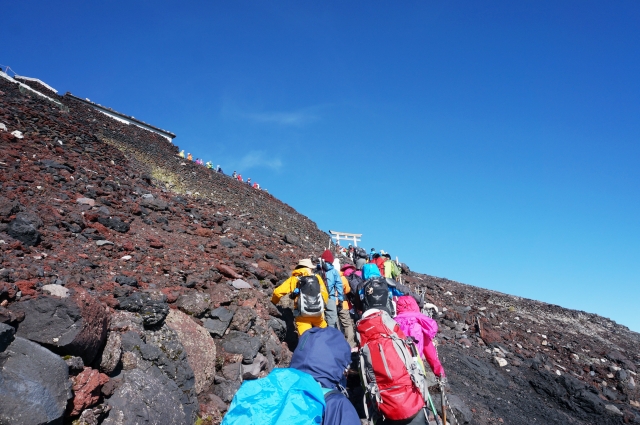
If you are planning on climbing to the top, know you will not be the only one. Especially weekends, national holidays, or school holidays are likely to be congested. It can get so crowded in fact, that getting to the top of the mountain is just one big queue of people, especially in the early hours of the morning when sunrise can be seen.

If you come to see Mt. Fuji in winter, getting to the top of the mountain is a no-go. Skiing on the mountain however, is very possible. The Fujiten Snow Resort or the Snow Town Yeti are two places at the base of Mt. Fuji where you can try your hand at skiing or snowboarding.
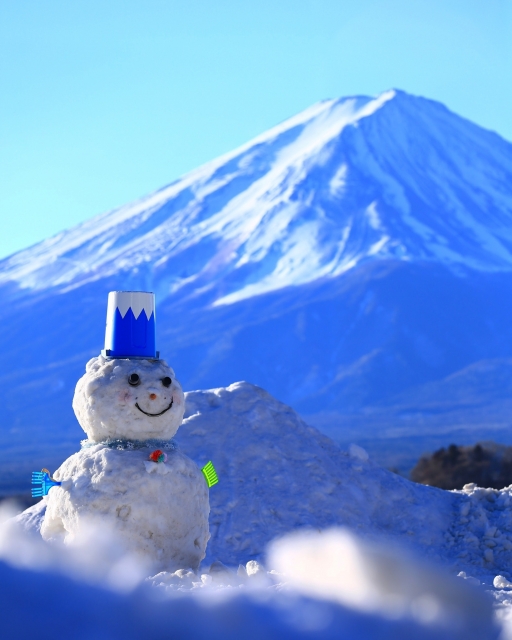
Fujiten Snow Resort is slightly bigger than the Snow Town Yeti. The resort is in the Fuji Five Lakes area and offers lovely views on the mountain. For families, there is a kids park where kids can play in the snow. Snow Town Yeti is smaller, with only 2 lifts and 4 runs, but is the first ski resort in Japan that opens with man-made snow in the beginning of October.
Tours to and from Mount Fuji
General Information about Mt. Fuji Subaru Line
Climbing Season:
July 1 to Sept. 10
Address:
8534-1 Aza Fujisan, Narusawa, Minamitsuru District, Yamanashi Prefecture 401-0301
Travel Tips
How to get to Mt. Fuji's Subaru Line 5th Station
Tokyo Station → Shinjuku Station → Fujisan Gogome Bus Stop:
1. From Tokyo Station to Shinjuku Station (15 minutes):
Take the subway Tokyo Station to Shinjuku Station.
2. From Shinjuku Station to Fujisan Gogome Bus Stop (2.5 hours):
Transfer to the bus heading to Fujisan Gogome Bus Stop. Fujisan Gogome is the Japanese Name for Mt. Fuji 5th Station so once you get off the bus, you’re right at the Subaru 5th Station.
Recommended Reads



